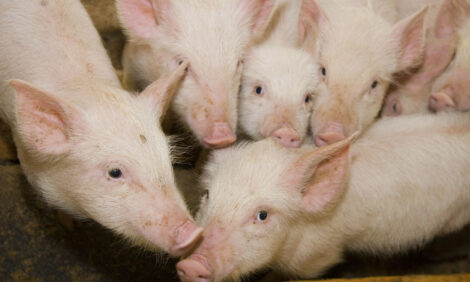|
Need a Product or service?
|
|

Ron Plain |
There are a number of complex ways to look at consumer demand for pork. I prefer a simple approach. My pork demand index uses only two data series: year-over-year percent change in per capita pork consumption and year-over-year percent change in deflated retail pork prices.
For example, if pork consumption is steady and the deflated retail pork price is higher than last year, then my pork demand index is up, i.e. people are paying a higher price to eat the same amount of pork as last year.
If per capita consumption is steady but the deflated pork price is lower than last year, then my demand index is down. I use an elasticity of -0.75 for those quarters when per capita pork consumption is not the same as last year. This type of index simply measures the change in consumer pork demand without offering any explanation as to why it has changed.
One explanation of why pork demand might change is the price of competing meats, such as beef. One would expect that higher priced beef would tend to increase the demand for pork and lower beef prices would do the opposite, and historically it has. However, this relationship does not appear to be strong in recent years.
In the last 11 quarters, my pork demand index has been up 4 times, down six times and was unchanged for 1 quarter. As one might expect, deflated retail beef prices were above year-ago levels for two of the quarters when the pork demand index was up; but beef prices were down in the other two quarters.
Again as expected, the deflated retail price of beef was down in two of the six quarters that the pork demand index was down; but deflated beef prices were up in three of these six quarters and unchanged in the one remaining quarter. This analysis implies there currently is no significant relationship between beef prices and pork demand.
The econometricians among you could correctly point out that this simple analysis is probably suffering from specification error, i.e. there are other key factors (personal income, poultry prices, advertising, etc) that I haven't included in my analysis which may be masking the relationship between beef prices and pork demand. This is true.
My point is that the current beef price-pork demand relationship is weak enough that other factors can easily hide it. Which is certainly not news to anyone who has watched pork prices languish in recent months while beef prices set astronomical new record highs.


















